Muscle cars have long been a symbol of American power and style, but the 1980s brought changes that deeply affected these iconic vehicles. If you’re curious about how some of your favorite muscle cars lost their edge during this decade, you’re in the right place. The 1980s introduced factors like stricter emissions regulations and shifting market demands that led to many muscle cars being significantly altered or watered down.
You’ll see how these changes impacted the performance, design, and reputation of several classic models you may remember or wish you had known better. Understanding what happened during this era gives you a clearer picture of why those muscle cars from the ’80s often don’t live up to the legacy of their predecessors.
1983 Dodge Challenger
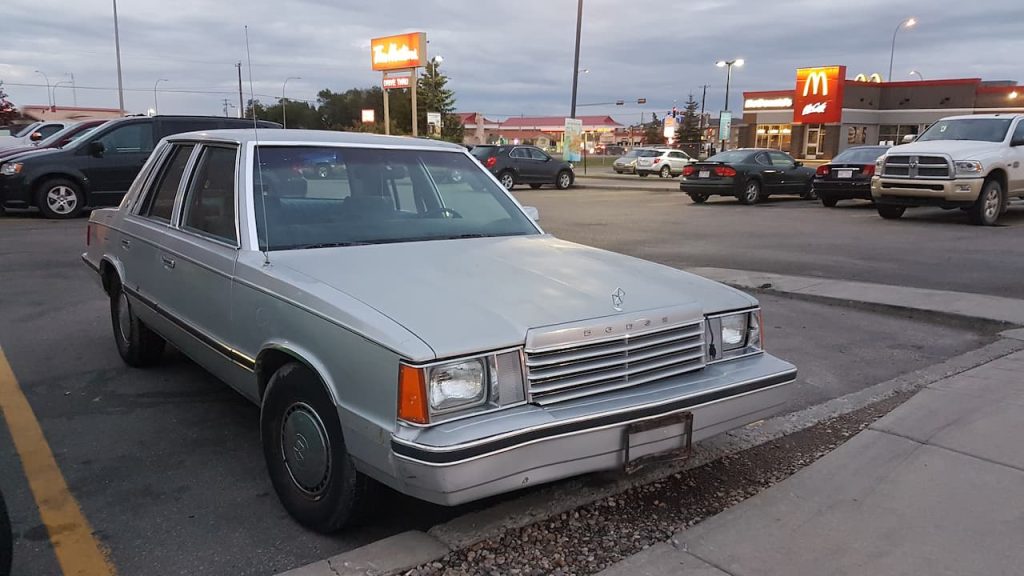
If you’re familiar with the classic Dodge Challenger, the 1983 model might surprise you. Unlike its powerful predecessors, this version was actually a rebadged Mitsubishi Galant Lambda.
Your muscle car expectations might not be met here, as it lacked the traditional V8 power and aggressive styling. It tried to keep the name alive but ended up feeling quite different.
You could say it was a small coupe with a sporty look but without the muscle car punch many fans wanted.
1982-1987 Dodge Charger
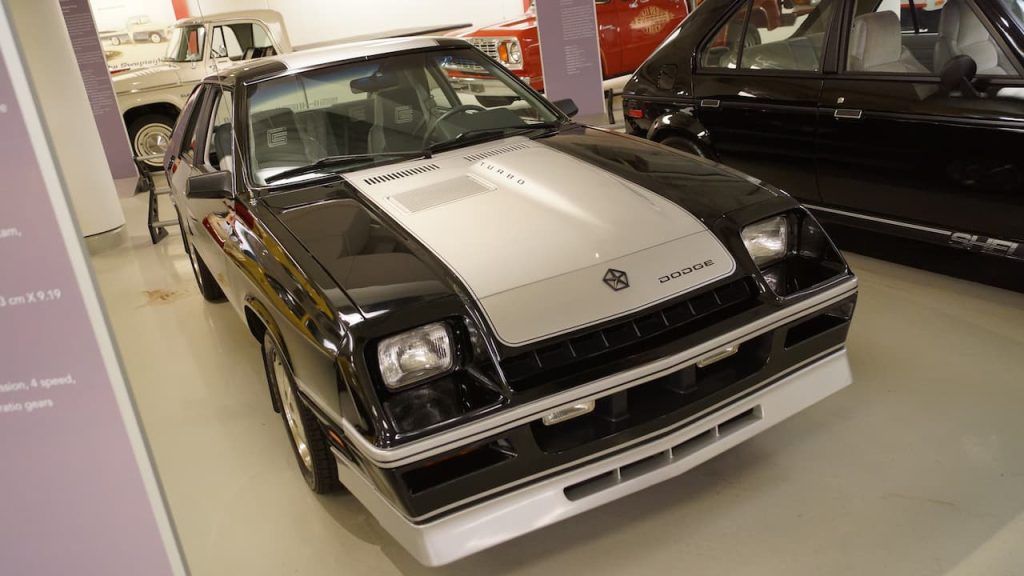
If you know the classic Dodge Charger, the 1982-1987 version might surprise you. This model was a sharp departure from the muscle car you expect.
Instead of a two-door rear-wheel drive beast, you got a three-door front-wheel drive hatchback. It even had a four-cylinder engine, which was unusual for a Charger.
This change made it more practical but less powerful. If you wanted the old muscle car feel, this Charger might have let you down.
1985-1988 Chevy Nova
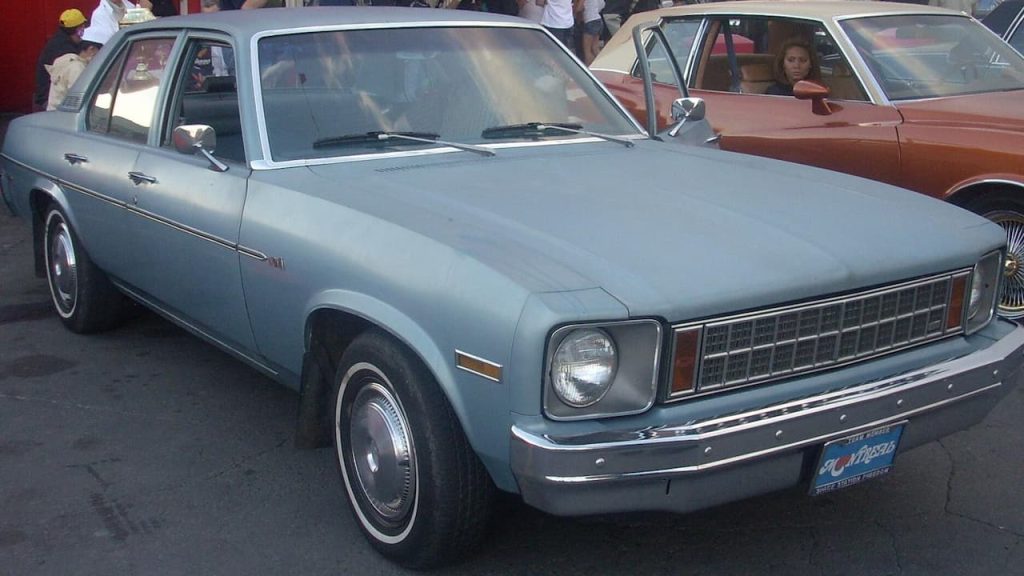
If you owned a 1985-1988 Chevy Nova, you might have noticed it struggled to keep the muscle car spirit alive. The Nova of this period was far from the powerful, sleek cars of earlier decades.
You’d find it slower and less safe compared to modern vehicles. Its design and performance were downgraded, leaving many fans disappointed.
Still, it holds a place in muscle car history, even if it wasn’t the best chapter for the Nova name.
1982-1988 Cadillac Cimarron
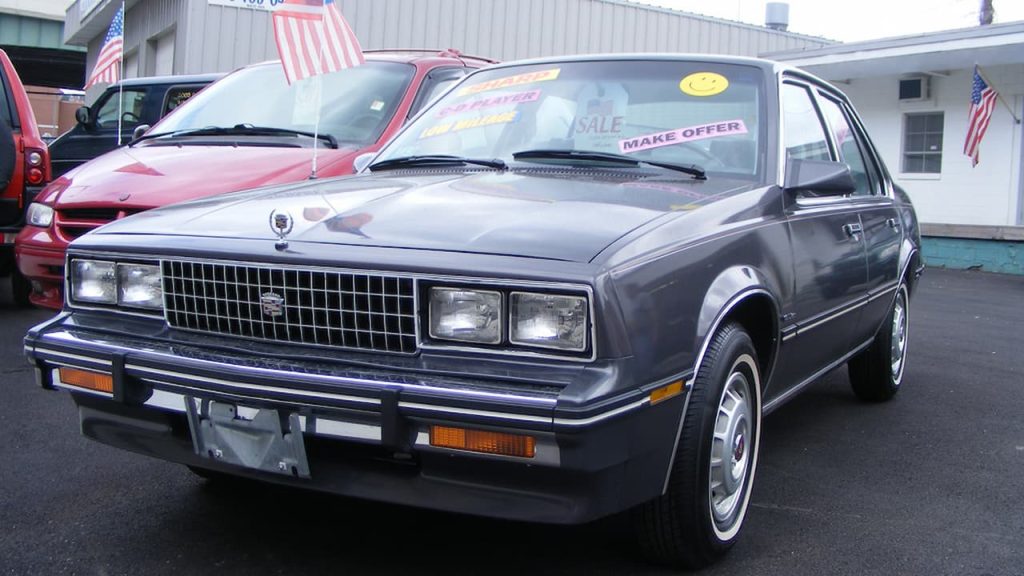
You might recognize the Cimarron as Cadillac’s attempt to enter the compact luxury market in the early ’80s. It shared most of its parts with cheaper GM models, which didn’t sit well with Cadillac fans expecting something special.
If you wanted a luxury car, the Cimarron felt underwhelming. It didn’t live up to the Cadillac name, and many saw it as a missed opportunity rather than a bold move.
1978-1983 Dodge Challenger
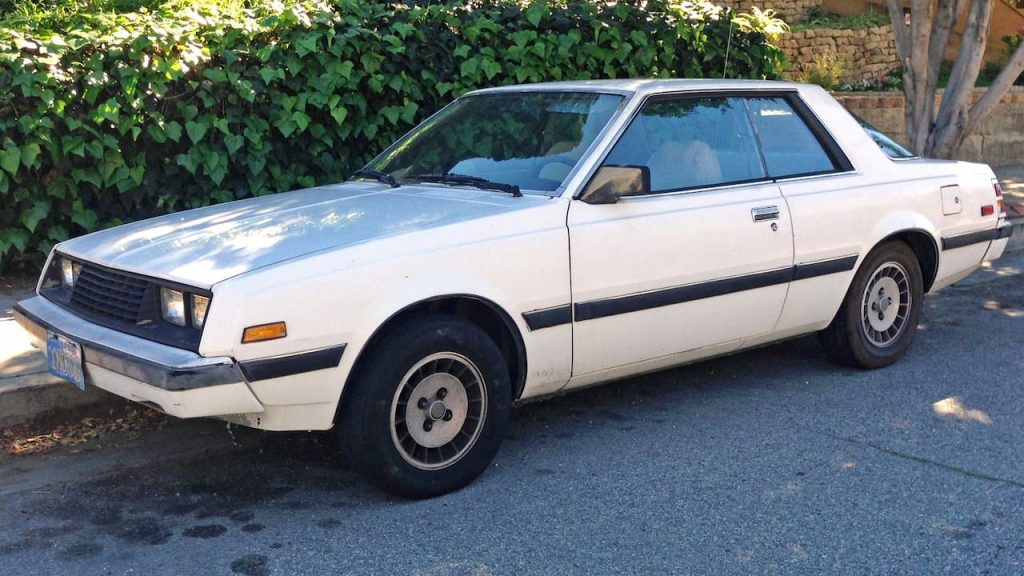
If you know the Dodge Challenger name from its muscle car roots, this 1978-1983 model might surprise you. It was actually a rebadged version of a Japanese car, the Mitsubishi Galant Lambda.
This version looked decent but didn’t deliver the power or excitement you’d expect from a Challenger. Many enthusiasts felt it lost the muscle car spirit during these years.
1980 Pontiac Turbo Firebird
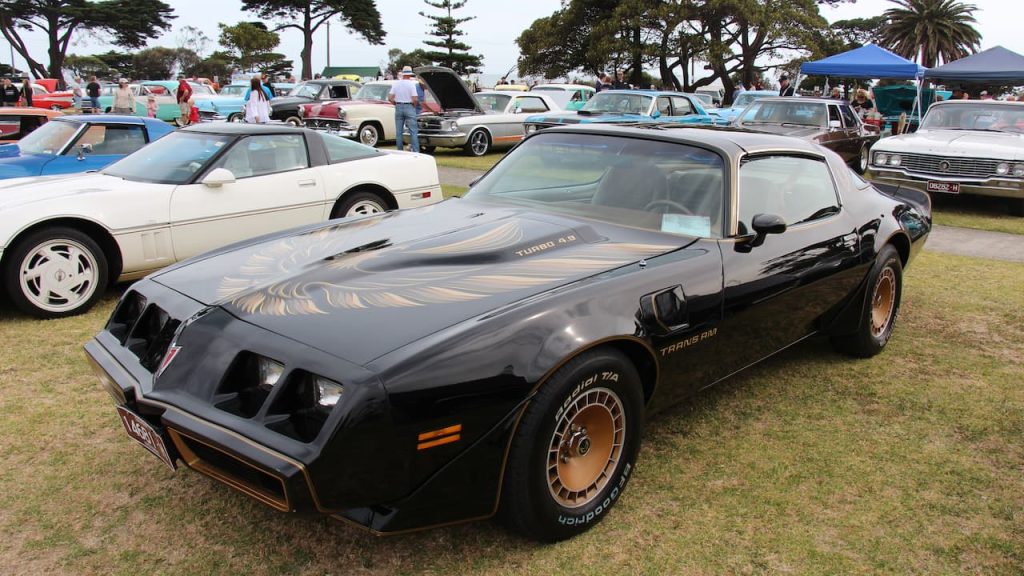
You might expect the 1980 Pontiac Turbo Firebird to deliver serious muscle car power. Instead, it offered modest performance compared to earlier Firebirds.
Its turbocharged 4.9-liter V8 was unique but not very fast. While rare, it didn’t capture the traditional excitement you’d want from a muscle car.
If you like distinct, unusual cars, this Firebird is worth a look. But don’t expect it to compete with earlier, more powerful Trans Ams.
1976 Plymouth Volare Road Runner
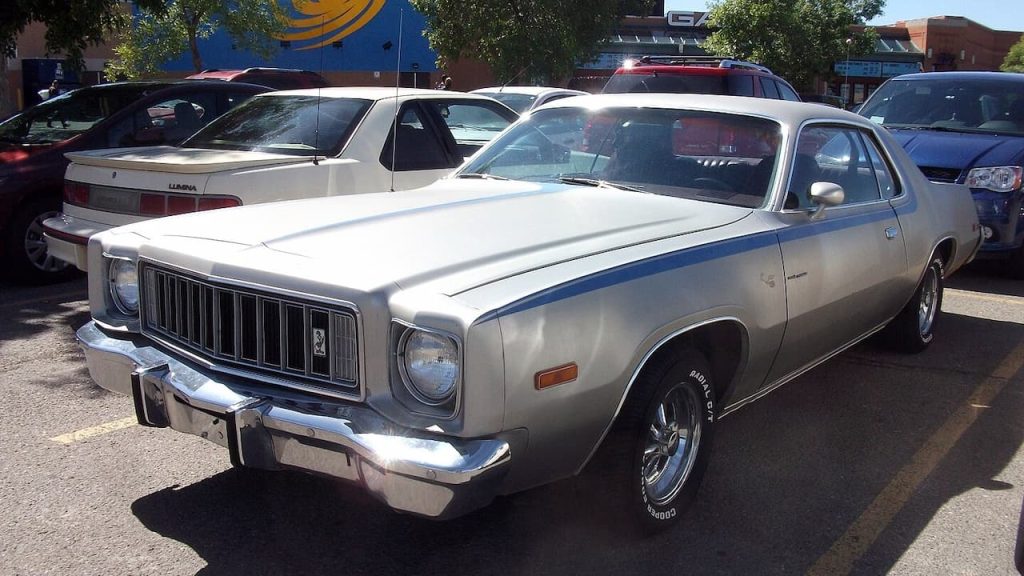
If you came across a 1976 Plymouth Volare Road Runner, you might be surprised by its performance. By this time, the engine only produced about 140 horsepower, which made it much slower than earlier muscle cars.
Back then, many people didn’t think it was cool. However, today it can be seen as a unique reminder of the late muscle car era.
You won’t find it dominating drag strips, but it has a certain charm if you appreciate its history and style.
1975 Ford Maverick Grabber
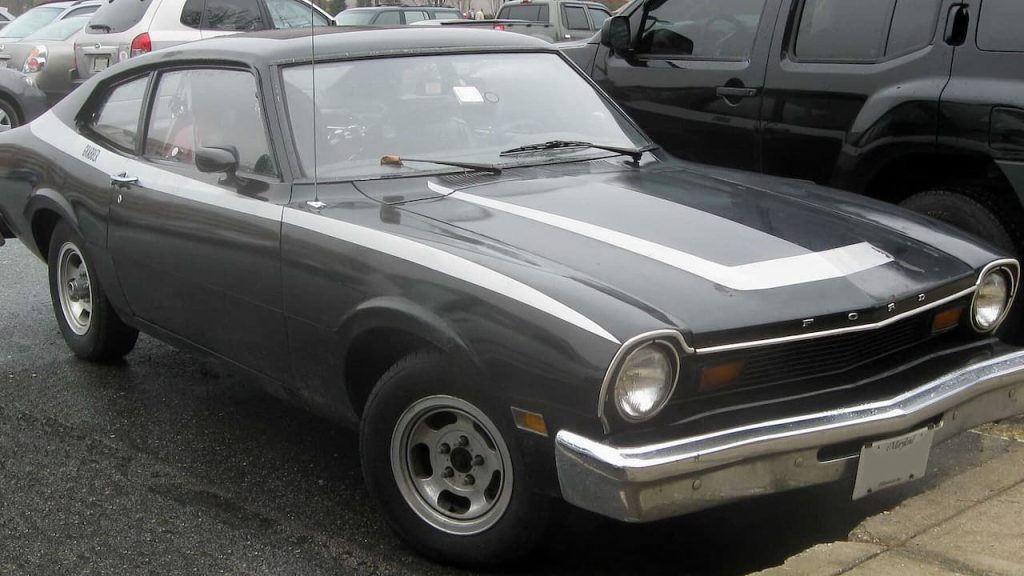
If you liked the earlier Maverick Grabbers, 1975 felt like a letdown. The car lost some of its sharp styling, and performance took a backseat.
You still got the 302 V8 option, but it wasn’t as exciting with just a two-barrel carburetor.
The wheels and tires were updated with white-letter radials and 14-inch styled steel wheels. It tried to look sporty, but many felt it missed the mark compared to previous years.
1984 Oldsmobile Hurst/Olds
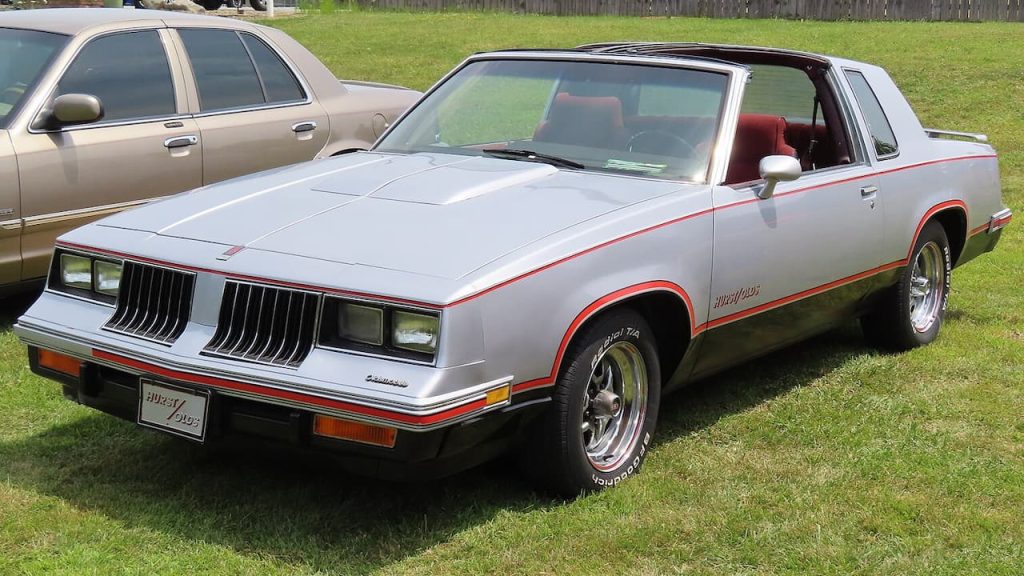
If you’re a fan of classic muscle cars, the 1984 Hurst/Olds might seem a bit underwhelming. It came with a 307 cubic inch V8 that produced just 180 horsepower, modest compared to earlier muscle cars.
Only 3,500 were made, making it rare, but the performance doesn’t match the muscle car reputation you might expect. Its gearing favored cruising rather than aggressive acceleration.
For collectors, the low mileage and unique collaboration with Hurst add charm. Still, for pure muscle, it’s a softer ride than the originals.
1987 Chevrolet Camaro
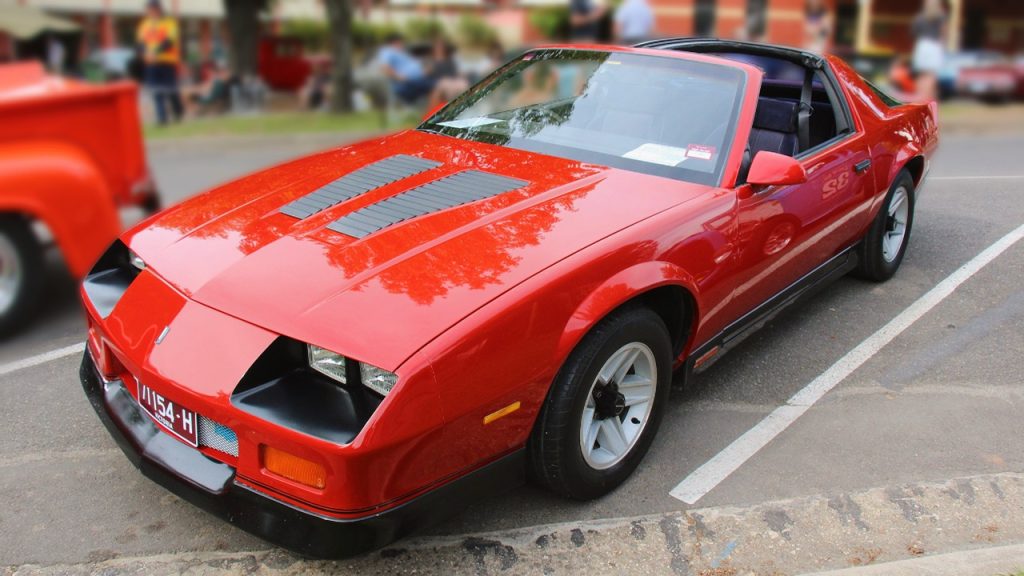
You might remember the 1987 Camaro as a muscle car trying to find its place in the ‘80s. It reunited with the classic 350 cubic-inch V8 engine, offering 230 horsepower and 330 lb-ft of torque, but it didn’t quite match muscle car expectations.
The IROC-Z badge gave it some cool factor, but the car still felt tamer compared to the raw power of earlier models. If you loved the old-school Camaro roar, this one could feel like a step down.
1980s Pontiac Ventura GTO
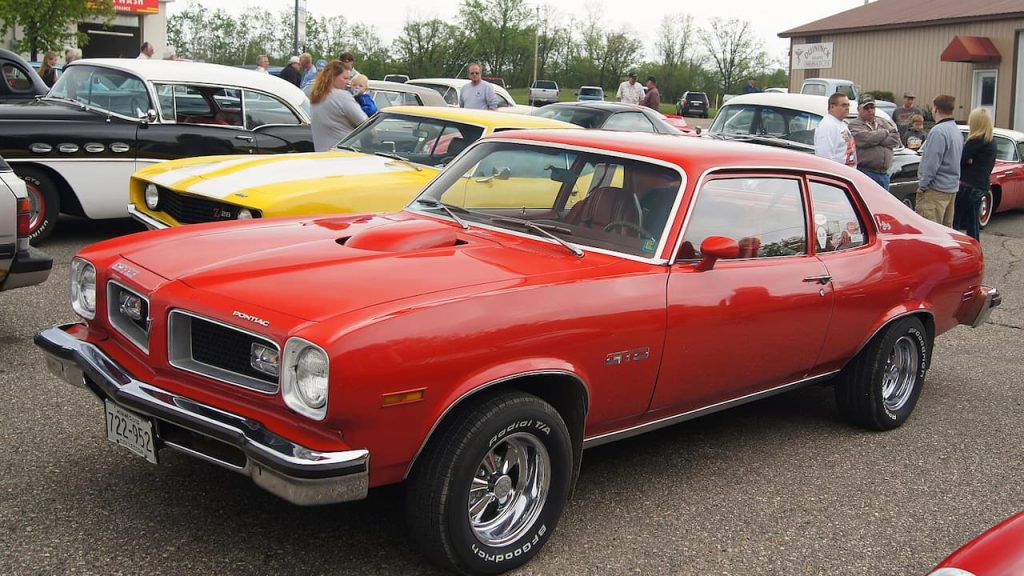
When you think of a true muscle car, the 1980s Pontiac Ventura GTO might surprise you. It was based on a compact Ventura, making it smaller and less powerful than earlier GTO models.
Your expectations for a classic muscle car wouldn’t be met here. The 1980s Ventura GTO leaned more toward affordability and basic features instead of raw muscle.
If you wanted the roaring engine and aggressive style of a classic GTO, this version likely left you disappointed. It marked a clear shift from what muscle cars once represented.
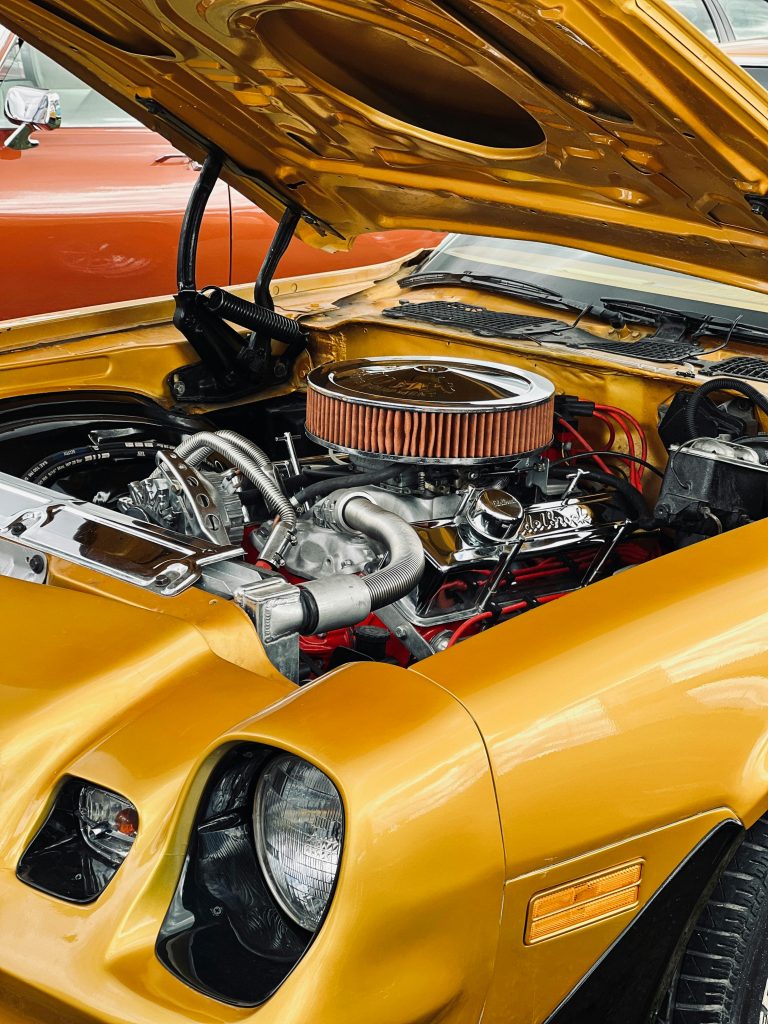
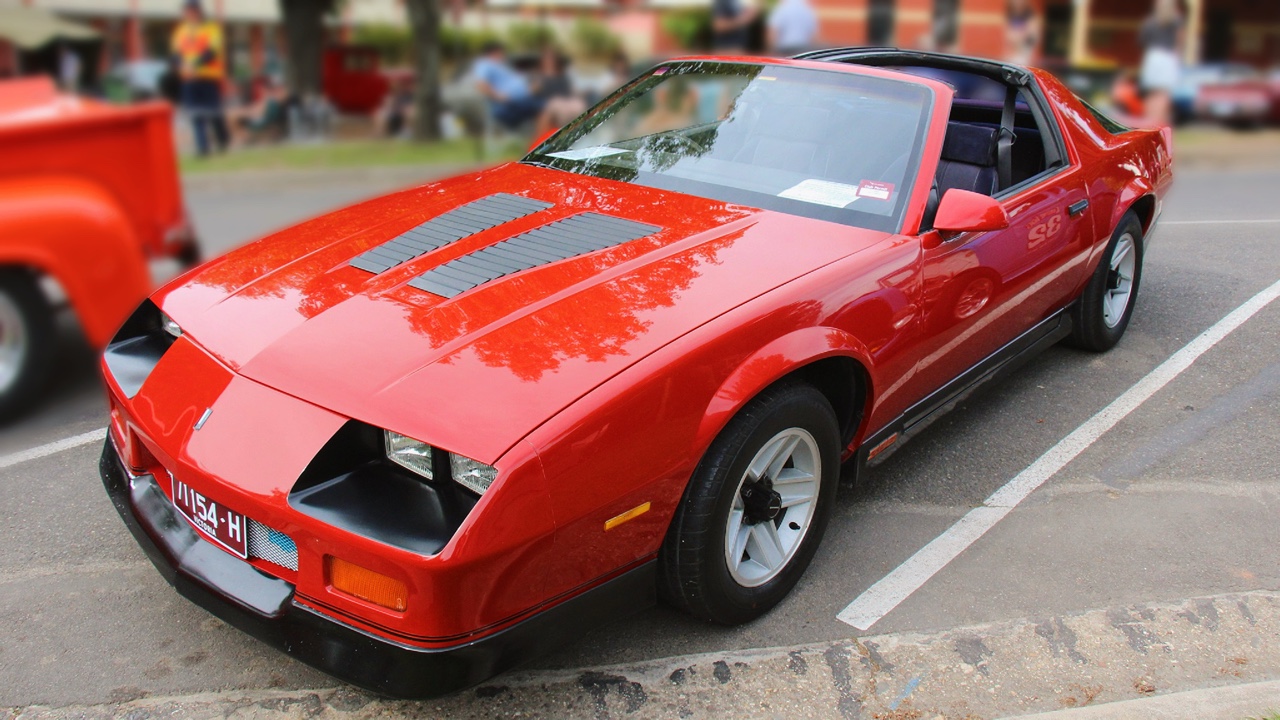
Leave a Reply